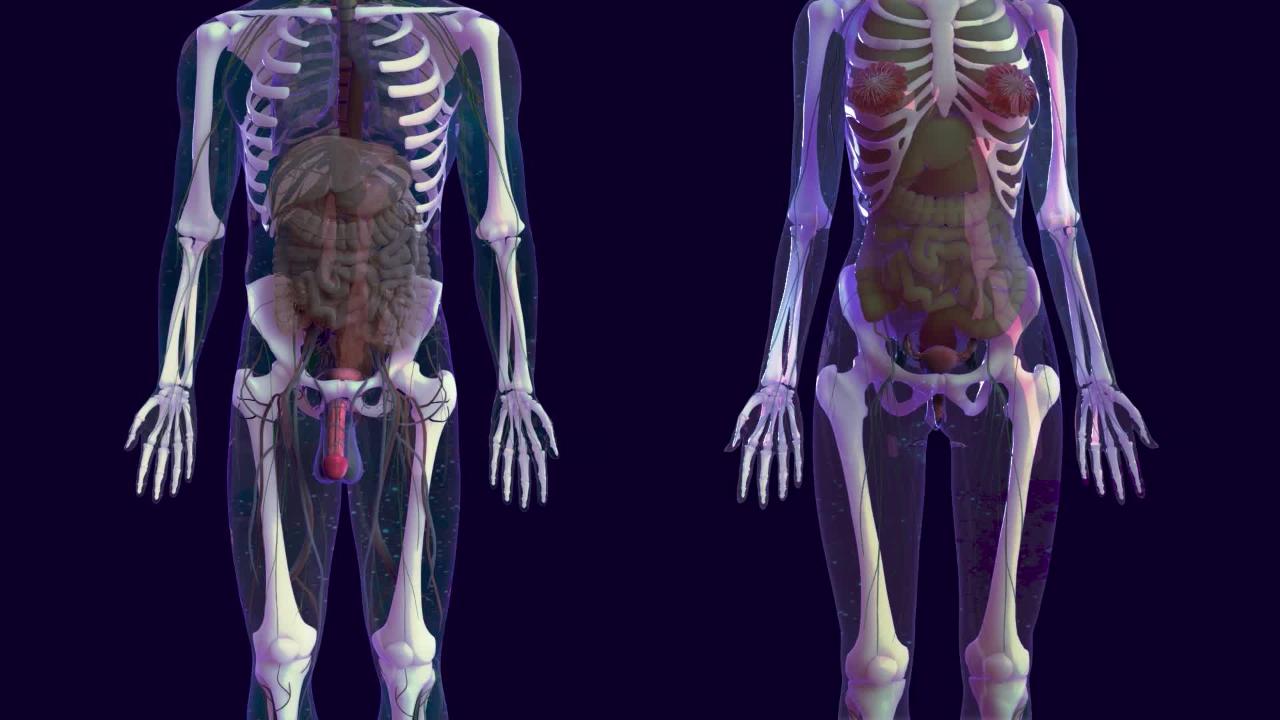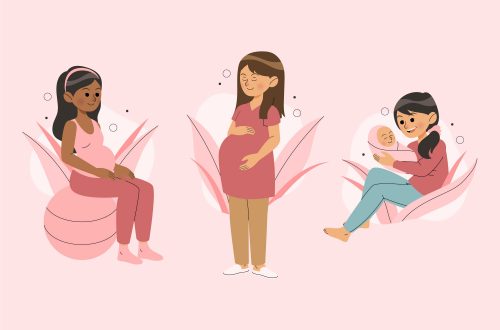As a blogger, you know how important it is to have fun on your site. But what about the topics that are actually meant to be educational? Here are 8 facts about girls and women’s reproductive system that can help you create new content for your website that is both interesting and will educate your readers.
Table of Contents
8 Incredible Facts About The Female Reproductive System
The female reproductive system is a complex and important part of the body. The anatomy of this system can be broken down into three basic parts: the uterus, vagina, and cervix. These three parts work together to allow women to have sex and have children. In some cases, if a woman has severe problems with her reproductive system, it is possible for her to become infertile.
Why is the female reproductive system targeted by the male?
The female reproductive system is a complex, delicate, and sometimes dangerous area that men often target. Men have the required tools to cause damage to the reproductive system of women. This is because it is not just a single organ but comprises several organs that work together to create the perfect environment for growth. From damaging the ovaries and fallopian tubes to invading the uterine cavity, men have significant power when it comes to this area of female anatomy.
What do the ovaries and testes do?
The female reproductive system is intricate and important in humans. The ovaries produce eggs, the uterus grows a baby during the development stages, and the vagina has specific areas that stimulate sexual pleasure.
How is pregnancy determined?
Most people know that ovulation is the process of an egg releasing from an ovary and being picked up by a sperm. However, they don’t realize that pregnancy is mostly a natural process and can happen even without sex. Women can get pregnant three different ways: by having eggs released through their vagina, through the mouth (known as fecundation or swallowing), or through the skin (known as parthenogenesis).
Does it require an egg to create a baby?
The female reproductive system can continue to create and sustain life without ever being fertilized. This is because the ovaries release the sex cells, or eggs, that are necessary for reproduction.
Women are more at risk of infertility than men
A new study has found that on average, women are more likely to suffer from infertility-related conditions such as cancer, endometriosis, or a number of autoimmune diseases. This is because women require a higher level of care and intervention than men when it comes to the female reproductive system.
Conclusion
The female reproductive system is made up of the uterus, fallopian tubes, and ovaries. These organs house the egg cells that are fertilized by sperm to create a new embryo. The endocrine system secretes hormones that interact with various other glands to create this process. These hormones play an important role in ovulation as well as regulating menstruation, bone development, and many other processes.




